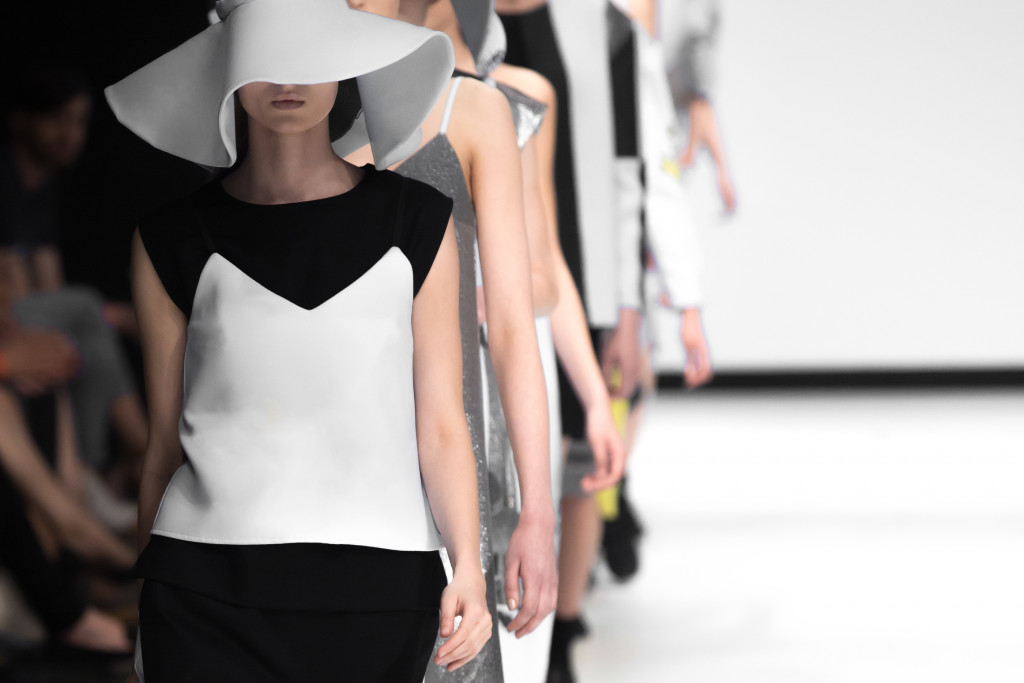Fashion is probably the last industry that would come to mind when you think of something sustainable. After all, a handful of big fashion brands have stirred controversy about how they manufacture their clothing. From questionable labor practices to slaughtering animals for their fur, the fashion industry has been under media scrutiny multiple times.
But now, many fashion brands are stepping up to change the norm. Budding fashion designers envision a world where their industry would be more sustainable and ethical. Some big, exclusive brands have done the same, partnering with NGOs to support a cause.
If you’re entering the fashion industry, one of your brand’s highlights should be your social responsibility. It would be your ticket to positive brand perception, loyal customers, and substantial profit. You can adopt the same social responsibility as Nordgreen, a Danish watch company that donates a portion of its sales to Cool Earth, Water for Good, and Pratham UK. Their donations help these organizations protect rainforests, provide clean water, and educate the future.
To start your giving-back project, use an online fundraising matching platform. It would help you find the cause that aligns with your mission, vision, beliefs, and values. For example, if you vow to be sustainable, you can choose an organization that supports indigenous textile weavers. And of course, your offers should also be made of eco-friendly fabrics.
That said, here are some examples of eco-friendly fabrics and organizations to support:
Sustainable Fashion Fabrics
Pineapple Leather
Leathers made from fruit or plants are starting to gain traction. One of them is piñatex, a material made from the leaves of Philippine pineapples. It’s much more sustainable to produce than traditional leather. Since it’s plant-based, piñatex requires less water and doesn’t contain chemicals that are toxic to the environment. The leftover leaf waste is immediately recycled, serving as fertilizers or biomass.
Linen
Linen is made from the fibers of the flax plant. When grown in geographically suitable areas like Europe, flax won’t need pesticides or chemical fertilizers. It can also thrive with less water, making it more sustainable than cotton. Plus, linen is a hard-wearing fabric, so it doesn’t need to be replaced as often as other fabrics.
Organic Cotton
Cotton is frowned upon among sustainable fashion brands because farming this material requires a lot of pesticides, chemicals, and water. But since cotton is a comfortable fabric that everybody considers essential, organic cotton, a.k.a. better cotton, came to be. This type of cotton is produced without toxic pesticides, fertilizers, and excessive water.
Reclaimed Fabric
Also known as “deadstock,” reclaimed fabric is leftover fabric from manufacturers. It can also be vintage fabric or any unused, secondhand material. Using deadstock will reduce fabric waste that ends up in landfills and produce high-quality clothing from recycled fabric.
Recycled Polyester
Another way to reduce waste is breaking down water bottles into fibers, creating recycled polyester.
Lyocell
Lyocell is derived from wood pulp cellulose. It is more known as Tencel, a brand founded by a company called Lenzing. Lyocell fibers are biodegradable and compostable, and producing them has a low environmental impact.

Organizations to Support
To exercise your social responsibility further, support NGOs in addition to using sustainable fabrics. Take inspiration from six Filipino designers who participated in the 2014 International Fashion Showcase. They incorporated indigenous sustainable materials into their designs, and each designer partnered with NGOs. They also collaborated with local artisans and textile suppliers to create their designs.
FEED, an American fashion brand, uses a similar sustainable strategy. They collaborate with local artisans and use their sales to provide daily school meals to children in need.
That said, here are some organizations that can also benefit from your sales or profits:
The Nature Conservancy
This organization protects ecologically important lands and waters around the world. They fight against climate change, fires, freshwater depletion, deforestation, and the destruction of marine ecosystems.
American Rivers
As its name states, American Rivers protects wild rivers and restores damaged rivers. They also defend wildlife and conserve safe drinking water for communities.
The Hunger Project
Like FEED, you can also help end world hunger by donating part of your sales to charity. Consider The Hunger Project, an international NGO dedicated to ending hunger and poverty, especially in Asia, Africa, and South America.
Project Concern International (PCI)
PCI aims to end hunger, enhance healthcare, and help women and girls achieve changes in their lives. They work across Asia, Africa, and America.
The cause you’d choose to support can be anything, from human rights to environmental protection. Your brand doesn’t have to dictate your cause, just your personal beliefs or your organization’s shared vision for the world. Your generosity and care for the earth will change fashion from a superficial industry into a sustainable, transformative one.
